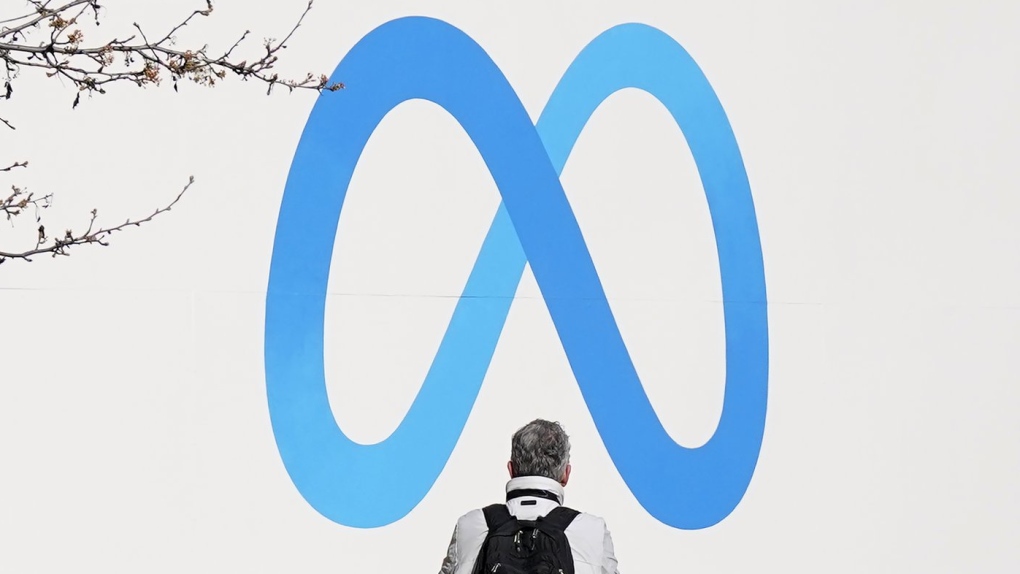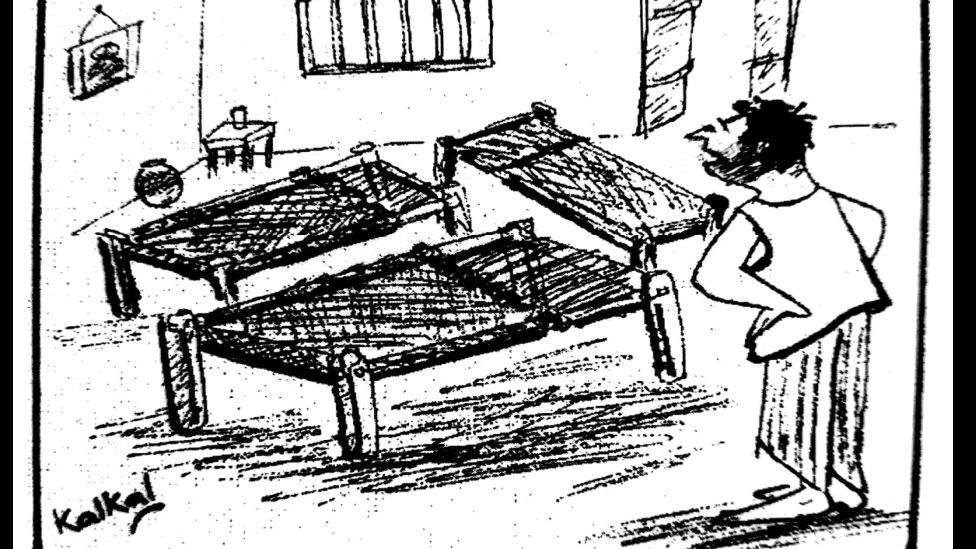
A person stands in front of a Meta sign outside of the company's headquarters in Menlo Park, Calif., Tuesday, March 7, 2023. Canada's government has announced on Wednesday July 5, that it will stop advertising on Facebook and Instagram in response to Meta’s decision to block access to news content on their social platforms as part of a temporary test. (AP Photo/Jeff Chiu)
Pierre Saint-Arnaud
The Canadian Press
Staff
Published July 8, 2023
The contrast between Quebec and the rest of Canada's response to the tug-of-war between Ottawa and Meta is striking, both in the political and business worlds.
This week, the federal and Quebec governments announced the withdrawal of their advertising from Meta, the parent company of Facebook and Instagram, to protest the web giant's decision to block links to Canadian news.
Meta aims to force the Trudeau government's hand by opposing Bill C-18, which would require web platforms to pay royalties to the news media.
Ottawa and Quebec City's decision to withdraw advertising was followed by several Quebec municipalities as well as some Quebec media outlets
As far as political parties are concerned, however, the situation varies dramatically.
In Quebec, all parties have stopped advertising on Meta platforms.
Premier François Legault's office confirmed to The Canadian Press on Friday that the Coalition avenir Québec (CAQ), as well as all CAQ MNAs, have ended their Facebook ad buys.
The Quebec Liberal Party and Québec solidaire did not have any ads on the platform at the time of the controversy, and will not launch any until further notice.
The Parti québécois, for its part, had already decided to withdraw its advertising from Facebook at the end of June.
At the federal level, the opposite is true.
The Liberal Party of Canada has not followed in the footsteps of the government it leads.
Both the Liberals and the New Democratic Party (NDP) have confirmed, in e-mails to The Canadian Press, that they are maintaining their advertising on Meta.
As for the Conservative Party, the question doesn't even arise, since the Conservatives are opposed to Bill C-18.
Only one federal party has withdrawn from Facebook: the Bloc Québécois.
REAL LEVERAGE?
According to analyses provided by Professor Jean-Hugues Roy of the Université du Québec à Montréal, Meta generated between $3.7 billion and $4 billion of advertising revenues in Canada in 2022.
With these numbers in mind, the ad withdrawals announced so far do not constitute a major loss; for example, Ottawa says it spends around $10 million a year on Facebook and Instagram.
The bulk of the money raised by Meta in Canada comes from private advertisers. The Quebec business community has begun to withdraw, at least in part, while little appears to be moving in this direction elsewhere in Canada.
MOBILIZATION OF AGENCIES AND ADVERTISERS
In addition to the withdrawal of Quebec state-owned companies such as Loto-Québec and the SAQ liquor retailer, the president of Montreal's Chamber of Commerce, Michel Leblanc, called on companies Thursday to boycott Meta's platforms completely.
Meanwhile, Quebec's association of advertising agencies (A2C) is relaunching its local media project, called Mouvement médias d'ici, first created three years ago.
The movement calls on companies to devote at least 25 per cent of their advertising budgets to local media.
"What we're saying is: realize that there are other options," said A2C president and CEO Dominique Villeneuve.
"We didn't want the target to be too big to reach, but for everyone to be able to make changes to their media plans and investment. What's changed is that we've created a public commitment."
"We're in discussions with several advertisers, and many agencies have already followed suit and signed up. We're very enthusiastic about the current response," she continued, adding that the names of the signatory companies should be announced next week.
STATUS QUO ON THE CANADIAN SIDE
A2C's Canadian counterpart, the Association of Canadian Advertisers (ACA), has not called on its members to take action. In a statement sent to The Canadian Press, the association said it's "disappointed to learn that global platform giants are preparing to block news for Canadians."
Its president, Ron Lund, asserts that "blocking links to Canadian news is not fair to consumers or advertisers of online content."
But the ACA confines itself to encouraging Google and Meta "to continue to work with the government to find a win-win solution."
The only movement outside Quebec has come from major Canadian media outlets, which are stakeholders in the conflict by nature. Initially, the Toronto Star went at it alone, but the CBC, Postmedia and Bell Media joined the movement.
This report by The Canadian Press was first published in French on July 8, 2023.
Ottawa to suspend advertising on Facebook, Instagram in ongoing disagreement over Online News Act
Canadians shouldn't trust Meta, Zuckerberg has 'too much power', warns ex-Facebook exec
Pulling ads from Facebook could force its hand on news deals — if support grows
Online News Act creates 'moment of reckoning' for publishers











